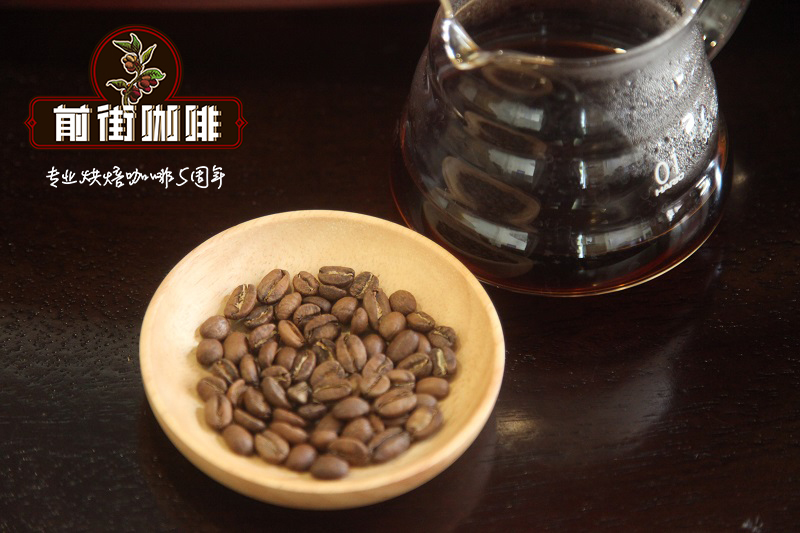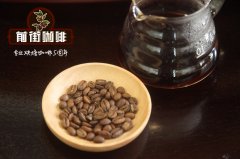Introduction of Burundian Fine Coffee at Kabuyeppa processing Farm in Kayanza, Burundi

Professional coffee knowledge exchange more coffee bean information please follow the coffee workshop (Wechat official account cafe_style)
Production area: Kayanza province / Cabuye district
Processing field: Parma processing plant (2014COE champion & second runner-up)
1750m above sea level
Variety: bourbon
Treatment: washing
Flavor description: citrus acidity, lemon, orange, almond aroma, tangerine peel smell, clean and round balance …
Burundian coffee:
Burundi is a small country member of the East African Community (EAC) and the Great Lakes region (GLA) countries.
Coffee is a key and major crop in Burundi. Coffee farmers, coffee merchants, the government and others profit from coffee. Most Burundians live directly or indirectly on coffee.
The National Bank of Burundi (BRB) receives 40 per cent of foreign exchange from coffee exports. 40% of Burundians live on coffee.
Arabica coffee is widely known around the world because of its fruity and fragrant taste.
Coffee is grown in almost all provinces, but Kayanza,Ngozi,Muyinga and Kirundo are one of the best provinces for growing quality coffee. The soil in these provinces is fertile, and the average water level of Lake Tanganyika coffee is between 1700 and 1950 meters above sea level.
The policy of the Government of Burundi is to produce high-quality coffee. According to coffee experts, coffee consumers are more interested in quality than quantity. The National Coffee Administration (ARFIC) is trying to dissuade or dissuade "washed coffee".
Coffee liberalization has begun since 2008 and both the public and private sectors are now doing business to improve quality. Liberalization creates and brings the concept of competition. Even though coffee has been liberalized, the government still supervises, supervises and regulates the coffee industry through its branch called ARFIC (Burundian Coffee Authority). ARFIC monitors, supervises and manages coffee from farm to export.
Coffee prices have fallen in the last five years, which has discouraged some farmers from growing coffee.
They want to eliminate coffee plantations and replace coffee trees with other crops, but the government has not and will not stop raising farmers' awareness of the importance of coffee. Destroying coffee fields or plantations is like destroying "Burundian culture". Coffee and drums are important things in Burundian culture. There is a connection between these two elements (coffee and drum). Burundi is an international drum of coffee quality and dance culture.
Roasted coffee is named "NGOMA coffee", which means drum.
The government is developing an important strategy to increase coffee productivity (Prestige Cup and Excellence Cup) by encouraging washing machine owners to provide incentives and incentives to farmers who produce and supply more and better coffee during the competition.
Important Notice :
前街咖啡 FrontStreet Coffee has moved to new addredd:
FrontStreet Coffee Address: 315,Donghua East Road,GuangZhou
Tel:020 38364473
- Prev

Introduction of Yega Xuefei Hofsa washing G1 Ethiopian Fine Coffee
Professional coffee knowledge exchange more coffee bean information please follow Coffee Workshop (Wechat official account cafe_style) production area: Yega Xuefei / Hofsa Village producer: Lakeside altitude: 1900 to 2000m varieties: native processing method: washing grade: G1. Tasting notes: sweet flowers, apricot, molasses, caramel, tea, roasted cocoa aroma, bright acidity, lush taste
- Next

Introduction of Burundian Fine Coffee from Lujiabao treatment Plant, Ngozi Province, Burundi
Professional coffee knowledge exchange more coffee bean information please follow the coffee workshop (Wechat official account cafe_style) Burundi. Ngozi province. Lujiabao processing Plant. Burundi Ngozi Rugabo Washed is a coffee-producing country in East Africa that is attracting more and more attention-- BURUNDI, Burundi. There is not much relevant information, and the text and pictures found on the Internet are very limited and my coffee friends.
Related
- Detailed explanation of Jadeite planting Land in Panamanian Jadeite Manor introduction to the grading system of Jadeite competitive bidding, Red bid, Green bid and Rose Summer
- Story of Coffee planting in Brenka region of Costa Rica Stonehenge Manor anaerobic heavy honey treatment of flavor mouth
- What's on the barrel of Blue Mountain Coffee beans?
- Can American coffee also pull flowers? How to use hot American style to pull out a good-looking pattern?
- Can you make a cold extract with coffee beans? What is the right proportion for cold-extracted coffee formula?
- Indonesian PWN Gold Mandrine Coffee Origin Features Flavor How to Chong? Mandolin coffee is American.
- A brief introduction to the flavor characteristics of Brazilian yellow bourbon coffee beans
- What is the effect of different water quality on the flavor of cold-extracted coffee? What kind of water is best for brewing coffee?
- Why do you think of Rose Summer whenever you mention Panamanian coffee?
- Introduction to the characteristics of authentic blue mountain coffee bean producing areas? What is the CIB Coffee Authority in Jamaica?

